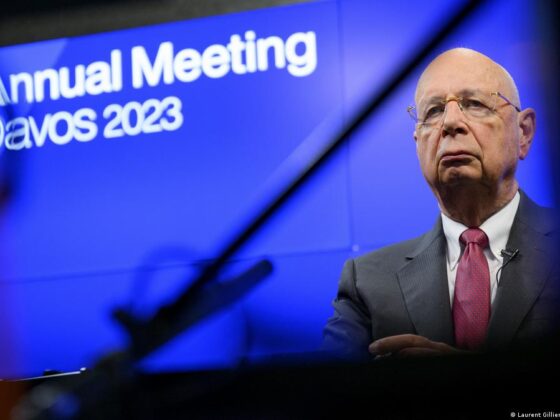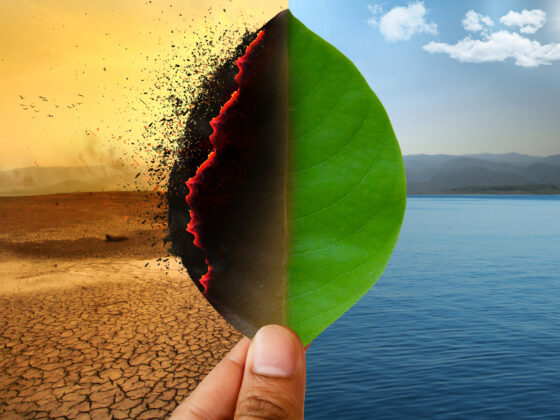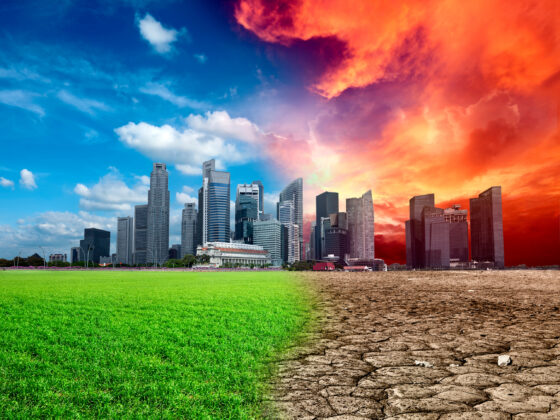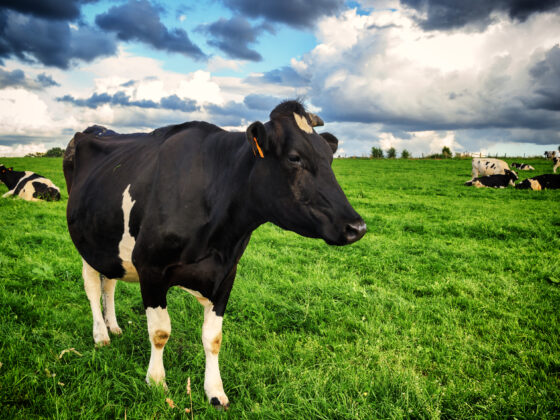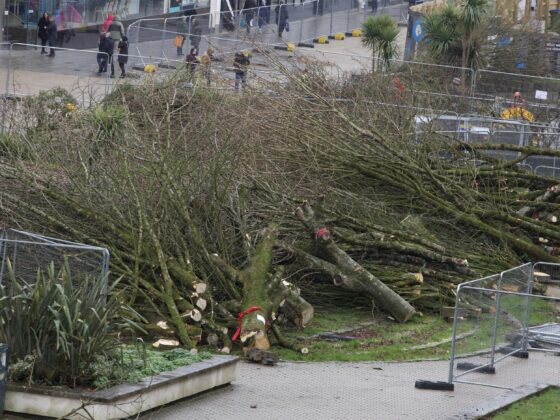This initiative is backed by WEF and COP26 as usual. Since introducing receipts that tell shoppers how eco-friendly their shopping basket is, a Norwegian online grocer has seen a drop in carbon-intensive products.
Can climate receipts help you make a greener shop? This is certainly where we are moving to: Norwegian E-Grocer Oda Has Started Providing Climate Receipts earlier this year. As usual the initiative is backed up by the WEF and COP26.https://t.co/aICYwic1dbhttps://t.co/lilekliLSS pic.twitter.com/dz4hBDYSKd
— Sikh For Truth (@SikhForTruth) October 30, 2022
The receipts made customers aware of the high carbon footprint of the products, and orders for red meat and other less sustainable goods did not follow through.
It also avoids multi-buy offers on less sustainable goods and uses reusable cardboard boxes instead of plastic bags for deliveries.
Our customers tell us it’s difficult to know what’s climate-friendly, says Louise Fuchs, sustainability director at Oda. As a result, we started looking for easy ways to communicate emissions.
Oda worked with Cicero, a Norwegian climate research institute, to classify products. Earlier this year, it began telling customers the carbon footprint of their purchases.
Ms Fuchs added: “We have had positive feedback from the customers on the solution. It is supporting an already growing trend – one in every five burgers sold is now vegetarian and the popularity of vegetarian food has grown.
“Lentil soup was one of our top ten sold recipes last year – the previous years it was nowhere near the top ten.”
“Our customers buy more than 50 per cent more fruit and veg than the average consumer and meat substitutes are growing 80 per cent year-on-year since we added the carbon receipts.”
“We were the first in Norway to create the climate receipt and a year later we have seen examples of other grocers following the trend. This is good news for consumers, and we hope more will follow.”





